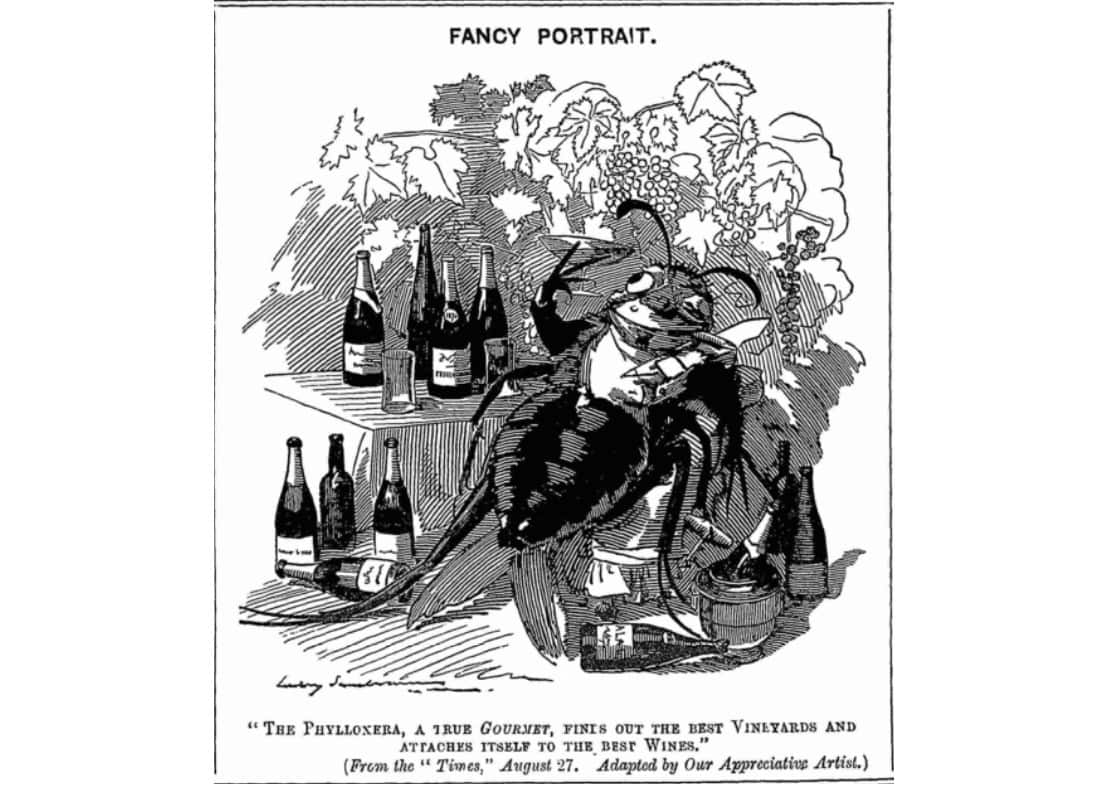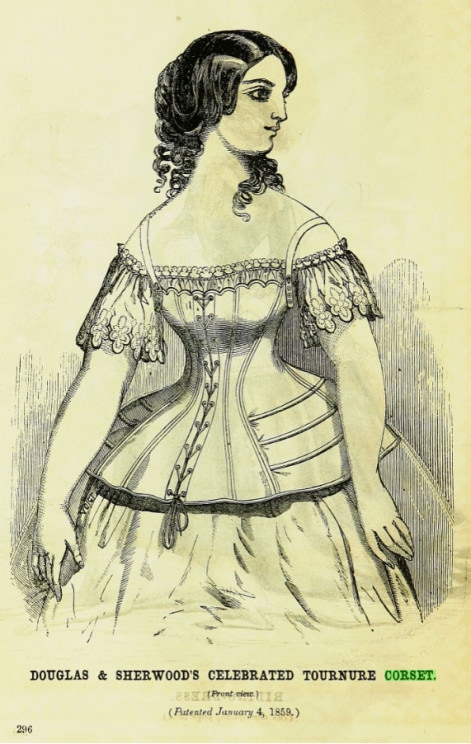│By Amelie Bonney, Gale Ambassador at the University of Oxford│
Have you recently enjoyed a special, vintage bottle of wine to celebrate the New Year with your family or friends? You might be surprised to learn that such celebrations might have been quite dangerous during the nineteenth century. Expecting the crimson-coloured beverage to enrapture their senses and coat their tongue in luscious flavours of dried blackberry, leather and tobacco, wine aficionados were often far from suspecting that this elixir could easily turn out to be a cheap, dyed, falsified drink, or worse – deadly poison. In an age where strict regulations exist to control food and beverage adulteration, such hazardous dyes are no longer used, but delving into Gale’s Historic Newspapers allows us to better understand how such dangerous adulteration was allowed to occur during the nineteenth century.






